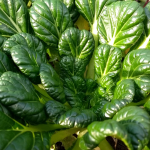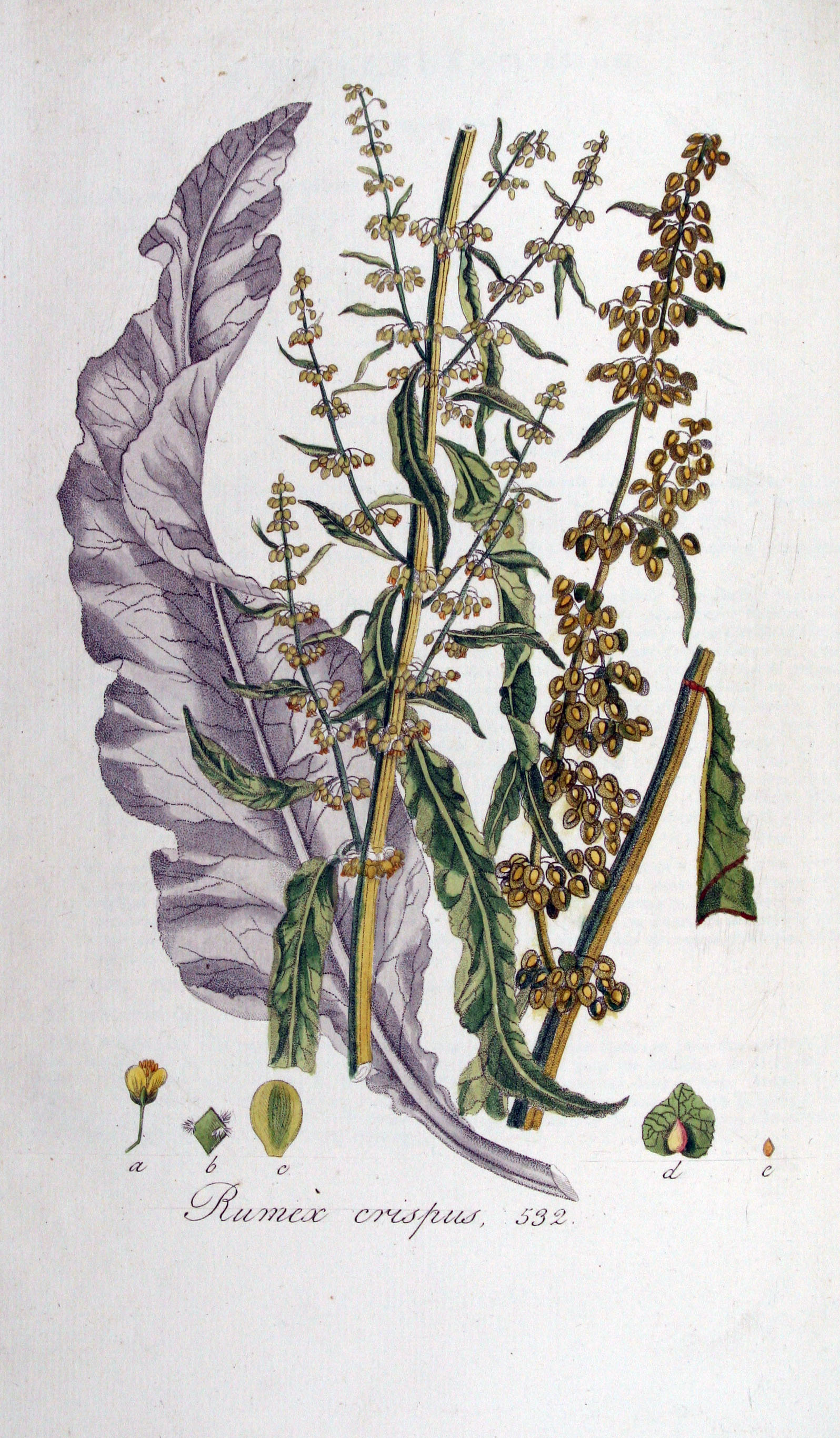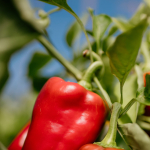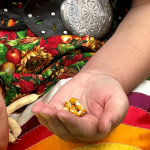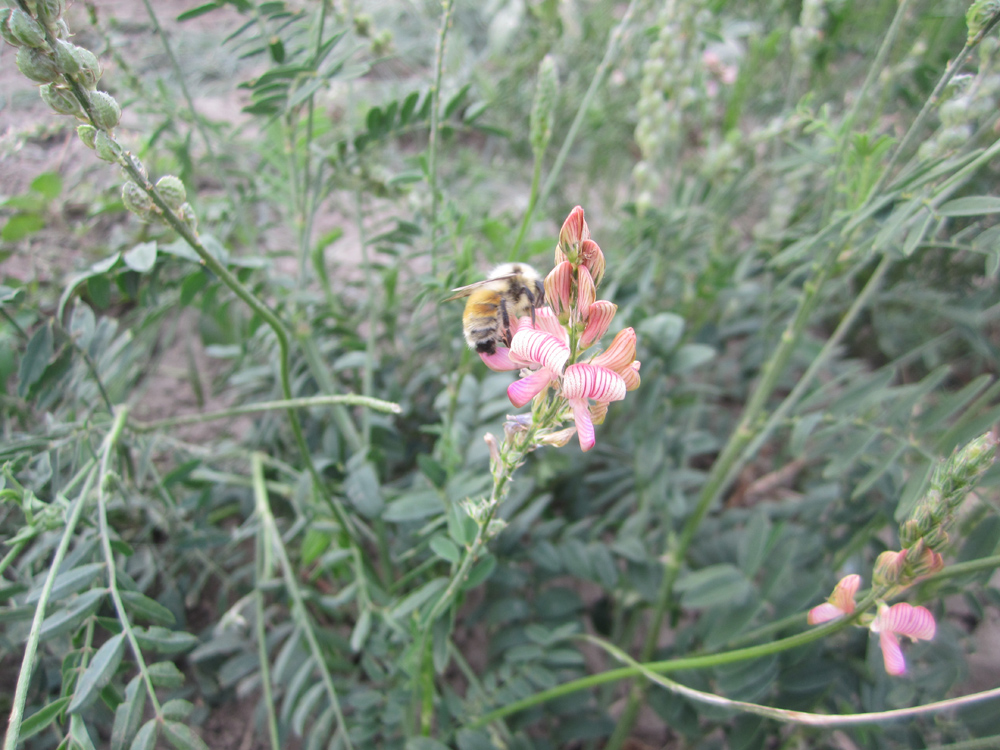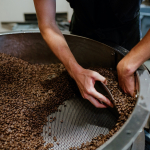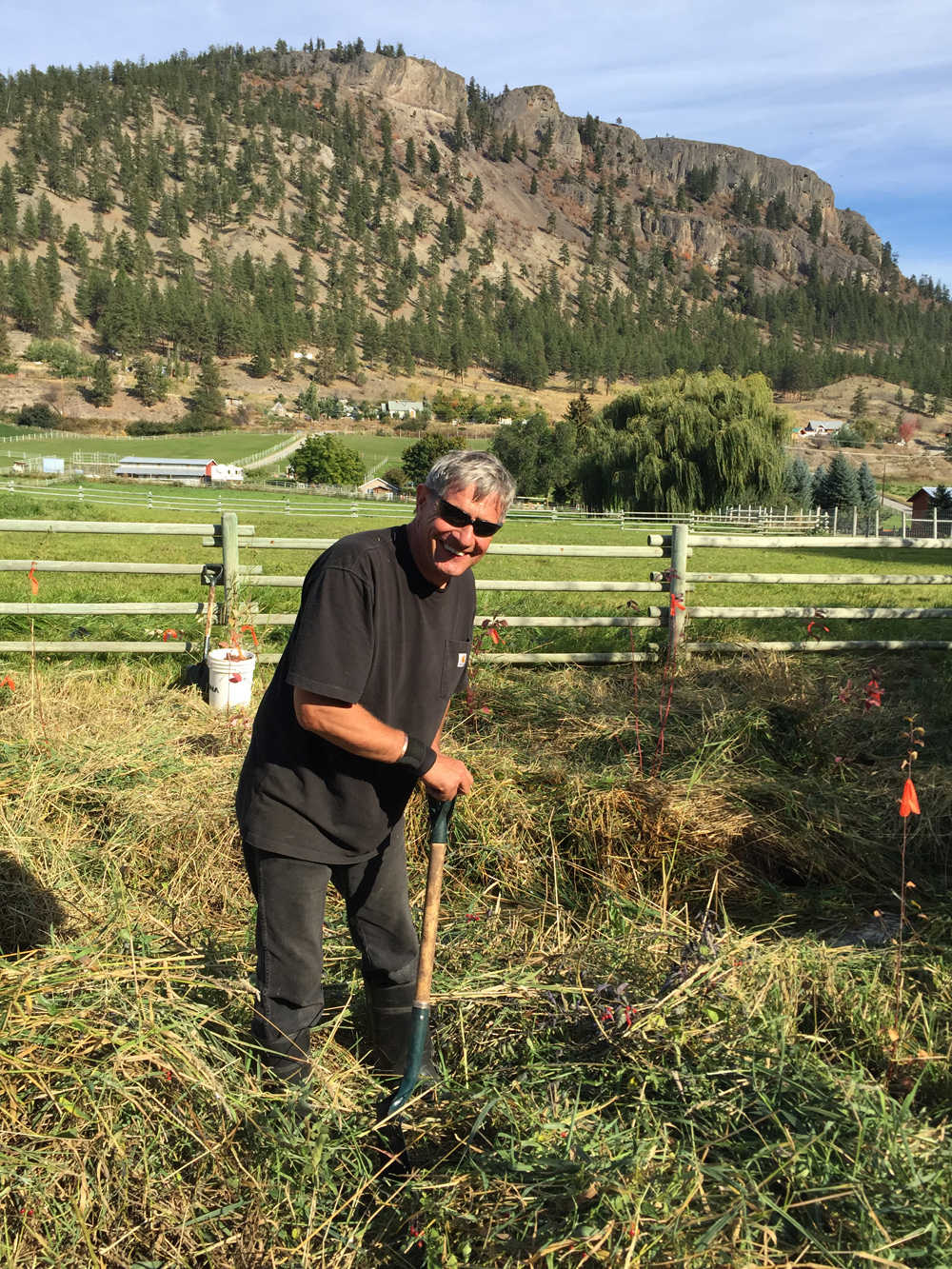Meat from Here

Challenges to Localizing Meat Production
Tristan Banwell
Consider for a moment the complexities of the industrial meat supply chain. Livestock could be born on one farm, sold and moved to another location for finishing, trucked to yet another premises for slaughter. The carcass will be butchered and processed at a different location, and sold at another (or many others), and could be sold and reprocessed multiple times before it ends up on a customer’s plate. The farm, feedlot, abattoir, and processing facility could be in different provinces, or they could be in different countries. It is a certainty that some of the meat imported to Canada comes from livestock that were born in Canada and exported for finishing and/or slaughter before finding their way back to a plate closer to home.
A 2005 study in Waterloo, Ontario(1) noted that beef consumed in the region racked up an average of 5,770 kilometres travelled, with most coming from Colorado, Kansas, Australia, New Zealand, and Nebraska. The author concluded that imported beef products averaged 667 times the greenhouse gas (GHG) emissions of local beef, and the emissions were at the top of the chart among foods studied. Meat production is low-hanging fruit for reducing pollution and improving the environmental footprint of agriculture, and not just through reducing transportation. Implementation of managed grazing and silvopasture ranked #19 and #9 respectively in terms of their potential impact on climate by Project Drawdown, in the same neighbourhood as other exciting forestry and agricultural innovations, family planning, and renewable energy projects.(2) Organic methods further reduce negative externalities by nearly eliminating inputs such as antibiotics and pesticides, which are used heavily in conventional settings.
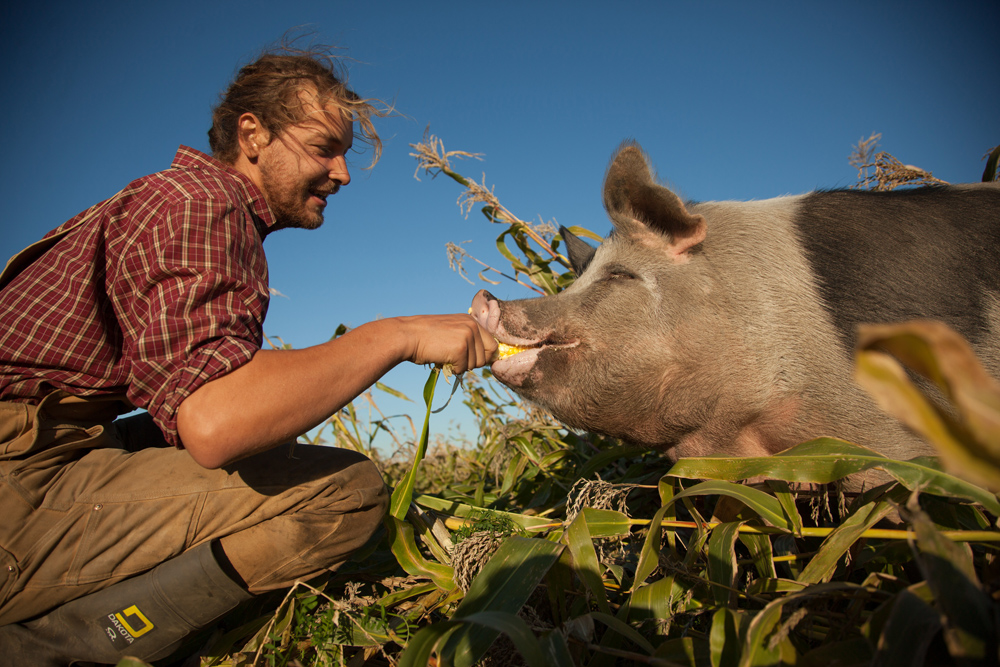
Much of the agricultural land in our province is also well suited to livestock according to the Land Capability Classification for Agriculture in BC. In fact, 44% of BC’s ALR lands are categorized in Class 5 & 6, meaning the soil and climate make them suitable primarily for perennial forage production. Looking beyond the ALR boundaries, 76% of all classified arable land in BC is in Class 5 & 6.(3) Of course, there is land in Class 4 and better that could also be best suited to livestock production, and livestock can be beneficially integrated into other types of crop and orchard systems. As farmland prices spiral higher, aspiring farmers could be looking further down this classification system for their affordable opportunity to farm. Livestock production and direct marketing meats can be an attractive enterprise for a new entrant, especially given the exciting opportunities for regenerative organic methods and an increasingly engaged and supportive customer base.
Unfortunately, there are numerous challenges facing both new and established small-scale meat producers in their efforts to implement improved methods and supply local markets. The cost-slashing benefits of economies of scale in livestock enterprises are staggering, and even the leanest, most efficient small livestock enterprise will incur disproportionately high production costs. Sources of breeding stock, feeder stock, chicks, and other outsourced portions of the life cycle chain can be distant, and finding appropriate genetics for a pasture based or grass finishing operation can be next to impossible. Given the geographic fragmentation of the province, managing the logistics of other inputs like feed, minerals, equipment, and supplies can be a Sisyphean task.
The regulations around raising livestock, traceability, slaughter, butchery, and meat processing are complex and span from the federal level (Canadian Food Inspection Agency, Canadian Cattle Identification Agency, Canadian Pork Council) through provincial bodies (BC Ministry of Agriculture Food Safety & Inspection Branch, Ministry of Health, supply management marketing boards), regional groups (regional health authorities, regional district governments) and right down to municipal government bylaws. The tables are definitely tipped in favour of large-scale commodity producers, who have the scale to hire consultants and meet more expensive requirements, and who are beholden to regulators for only one product or species. For a small scale diversified livestock operation, compliance becomes expensive and time consuming as a producer navigates the rules, requirements, and permits for multiple species.
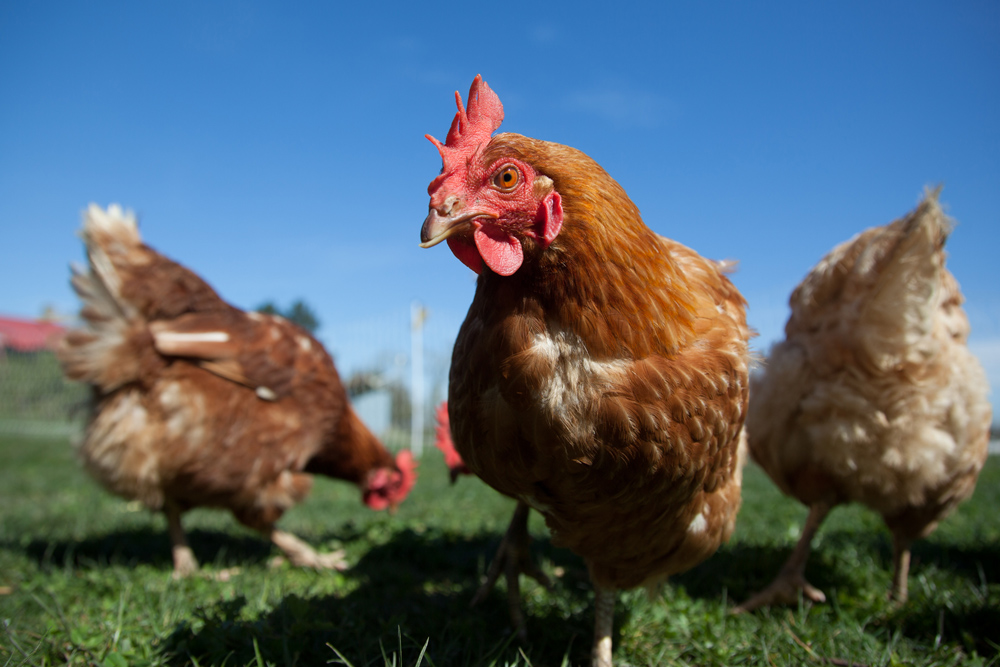
Should a farmer manage to jump some hurdles and establish an enterprise in compliance with regulations, they may find that their growth is capped not by the capacity of their land base or even their markets, but rather by regulatory factors and supply chain limitations. There are particularly low annual production limits in supply-managed poultry categories—2000 broilers, 300 turkeys, 400 layers per year—and that is after applying as a quota-exempt small-lot producer. There is currently no path to becoming a quota holder for small pastured poultry operations. The sole quota-holding pastured poultry producer in BC is currently under threat from the BC Chicken Marketing Board, which requires a set production per six week cycle year round, rather than the seasonal production necessitated by outdoor poultry systems. The BC Hog Marketing Scheme allows a more generous 300 pigs finished per year, and there is no production regulation for beef cattle nor for other species like ducks, sheep, and goats.
Regardless of what livestock species a farmer raises, eventually they must go to market. For most commodity cow-calf operations and some other livestock enterprises, this can mean selling livestock through an auction such as the BC Livestock Producers Cooperative. However, many small scale producers prefer to maintain control of their livestock, finishing them on the farm, arranging for slaughter, and wholesaling or direct marketing the meat. This can help a farm retain more of the final sales price, but adds another layer of complexity around slaughter and butchering, as well as storage, marketing, and distribution.
In BC, there are five classes of licensed abattoirs in operation, including 13 federally-inspected plants, 63 provincially-inspected facilities (Class A & B), and 66 licensed Rural Slaughter Establishments (Class D & E).(4) Federally inspected plants are under jurisdiction of the CFIA and produce meat that can be sold across provincial and international borders. The two classes of provincially licenced plants include inspected and non-inspected facilities. Class A and B facilities are administered by the Ministry of Agriculture Meat Inspection Program, have a government inspector present for slaughter, and are able to slaughter an unlimited number of animals for unrestricted sale within BC. Class A facilities can cut and wrap meat, whereas Class B facilities are slaughter-only with no cut/wrap capacity.
Class D and E slaughter facilities, also known as Rural Slaughter Establishments, are able to slaughter a limited number of animals per year without an inspector present after completing some training, submitting water samples and food safety plans, and having the facility inspected by a regional health authority. A Class D facility is limited to 25,000 lbs live weight per year, can slaughter their own or other farms’ animals, and can sell within their regional district only, including to processors and retailers for resale. This class of licence is limited to 10 regional districts that are underserved by Class A and B facilities. Class E licenses are available throughout the province at the discretion of Environmental Health Officers. This type of licence allows slaughter of up to 10,000 lbs live weight of animals from the licensed farm only, and allows direct to consumer sales within the regional district, but not for further processing or resale.

Despite multiple options for abattoir licensing, small farms are underserved and slaughter capacity is currently lacking in BC. Running an abattoir is a difficult business, with significant overhead costs and strong seasonality, and there is a shortage of qualified staff in most areas of the province. On-farm slaughter options may sound appealing, but the costs associated and low limits on the number of animals per year make small on-farm facilities a difficult proposition. Producers will find it difficult or impossible to have their livestock slaughtered throughout the fall, which is busy season for abattoirs for exactly the reasons producers need their services at that time. Some poultry processors are beginning to set batch minimums above the small lot authorization numbers to eliminate the hassle of servicing small scale producers.
Clearly, improvements can be made to increase the viability of local and regional meat production in BC. This year, meat producers throughout the province came together to form the Small-Scale Meat Producers Association (SSMPA) with an aim toward creating a network to share resources and to speak with a common voice to move systems forward in support of producers raising meat outside of the conventional industrial system.
The BC provincial government has reconvened the Select Standing Committee on Agriculture, Fish & Food, and the first task of this group is to make recommendations on local meat production capacity.(5) The SSMPA has been active in these discussions, as well as earlier consultations regarding Rural Slaughter Establishments, and looks forward to encouraging a more localized, place-based meat supply in BC.
To learn more or join in the discussion, visit smallscalemeat.ca or facebook.com/smallscalemeat.
To reach the Small-Scale Meat Producers Association (SSMPA), get in touch at smallscalemeat@gmail.com.
Tristan Banwell is a founding director of both the BC Small-Scale Meat Producers Association and the Lillooet Agriculture & Food Society, and represents NOOA on the COABC Board. In his spare time, he manages Spray Creek Ranch in Lillooet, operating a Class D abattoir and direct marketing organic beef, pork, chicken, turkey, and eggs. farmer@spraycreek.ca
References
(1) Xuereb, Mark. (2005). Food Miles: Environmental Implications of Food Imports to Waterloo Region. Region of Waterloo Public Health. https://bit.ly/2nh4B37
(2) Project Drawdown. https://www.drawdown.org/solutions/food/managed-grazing
(3) Agricultural Land Commission. (2013). Agricultural Capability Classification in BC. https://bit.ly/2vl3SC8
(4) Government of BC. Meat Inspection & Licensing. https://bit.ly/2uIcNgJ
(5) Ministry of Agriculture. (2018). Discussion Paper prepared for the Select Standing Committee on Agriculture, Fish and Food. https://bit.ly/2J1x9Kc




